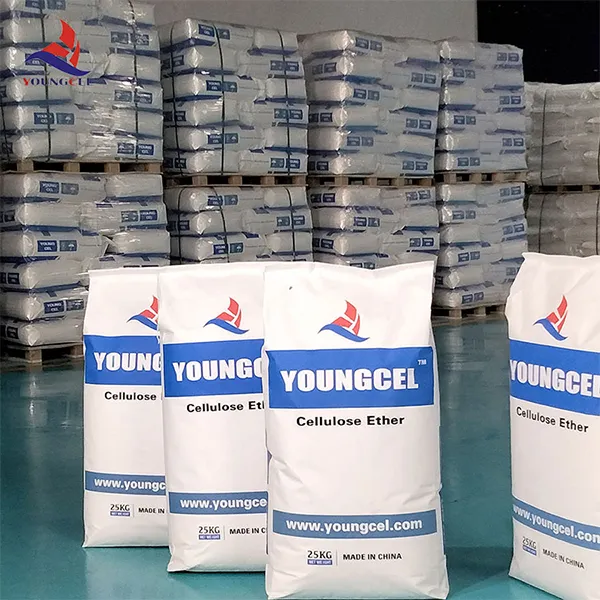Chemicals for Making Cement
Cement is one of the most significant materials in the construction industry, acting as a binder that holds together various building components, from concrete to mortar. The chemical composition of cement can vary, but the primary ingredients typically include limestone, clay, and other additives. Understanding the chemicals involved in the manufacturing of cement is crucial for improving its performance, sustainability, and strength.
Chemicals for Making Cement
In addition to these main ingredients, other chemicals are often introduced to enhance the properties of the cement. For instance, alumina (Al2O3) from clay provides additional binding characteristics, while iron oxide (Fe2O3) can help in the formation of various compounds that influence the color and strength of the final product. The right balance of these chemicals results in a specific type of cement that can endure various environmental conditions and loads.
chemicals for making cement

Moreover, the manufacturing process typically involves the use of gypsum (CaSO4·2H2O), which is added to clinker during the final grinding stage. Gypsum regulates the setting time of cement, preventing it from hardening too quickly. Without gypsum, the cement may set almost instantaneously upon mixing with water, making it difficult to work with for construction purposes.
In recent years, the focus on sustainability has led to the exploration of alternative materials that can replace traditional chemicals in cement production. For example, the incorporation of fly ash, a byproduct of coal combustion, can enhance the properties of cement while reducing the overall carbon footprint. Other supplementary cementitious materials (SCMs), such as slag from steel production or recycled concrete aggregates, are being used to create eco-friendlier cement options.
In conclusion, the chemistry of cement is a complex interplay of various substances that work together to produce a durable and versatile building material. With ongoing research and advancements, the cement industry is moving towards more sustainable practices by incorporating alternative chemicals and materials that not only improve performance but also minimize environmental impacts. As construction demands continue to grow, understanding and optimizing the chemical processes involved in cement production will be essential for creating a sustainable future.
-
A Comprehensive Guide to Methyl Ethyl Hydroxyethyl Cellulose: Applications and Industry InsightsNewsNov.24,2025
-
Understanding Methyl 2 Hydroxyethyl Cellulose: Uses, Benefits & Industry InsightsNewsNov.24,2025
-
Hydroxyethyl Methyl Cellulose HEMC: Industrial Uses, Benefits & Future TrendsNewsNov.23,2025
-
HEMC Cellulose: Versatile & Sustainable Industrial Polymer | YoungcelNewsNov.23,2025
-
Methyl Hydroxyethyl Cellulose: Versatile Building Block for Industry & SustainabilityNewsNov.23,2025
-
CAS 9032 42 2: Understanding Polyvinyl Alcohol's Impact on Industry & SustainabilityNewsNov.22,2025




